8.8 /10 1 Votes8.8
Initial release date 1987 Designer Mark Cale | 4.4/5 Emuparadise Mode(s) Single player Series The Last Ninja | |||||||||||||||||||||||||||||||||
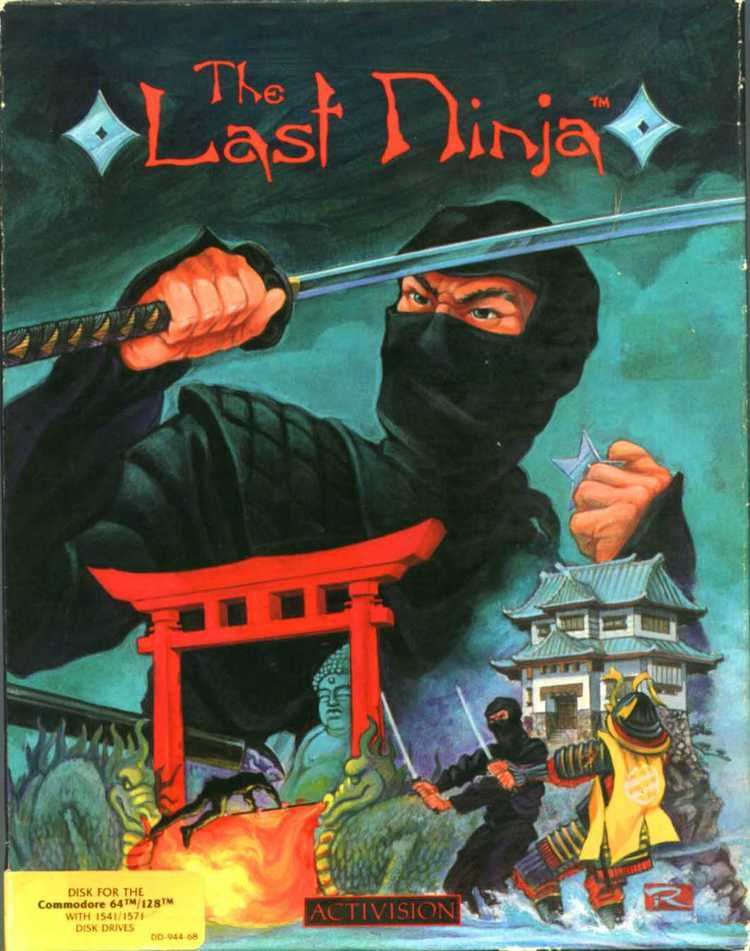 | ||||||||||||||||||||||||||||||||||
Artist(s) Hugh Riley (C64)Hugh Riley, Erik Simon, Tim Lange (Atari ST & Amiga)Erol Otus (Apple II & MS-DOS)Peter Scott (Acorn Electron & BBC Micro) Composer(s) Ben Daglish, Anthony Lees (C64)Jochen Hippel (Atari ST, Amiga)Russell Lieblich (MS-DOS), Tania Smith (NES) Developers System 3, Eclipse Software Design Publishers Similar System 3 games, Adventure games | ||||||||||||||||||||||||||||||||||
The Last Ninja is an action-adventure game originally developed and published by System 3 in 1987 for the Commodore 64. Other format conversions were later released for the Apple II, MS-DOS, BBC Micro and Acorn Electron in 1988, the Apple II in 1989, the Amiga and Atari ST and ZX Spectrum (as Last Ninja Remix) in 1990, and the Acorn Archimedes in 1991.
Contents

The Last Ninja was one of the most successful games released on the Commodore 64. As the first in the Last Ninja series, it set the standard for the unique look and feel for its sequels: Last Ninja 2 and Last Ninja 3.
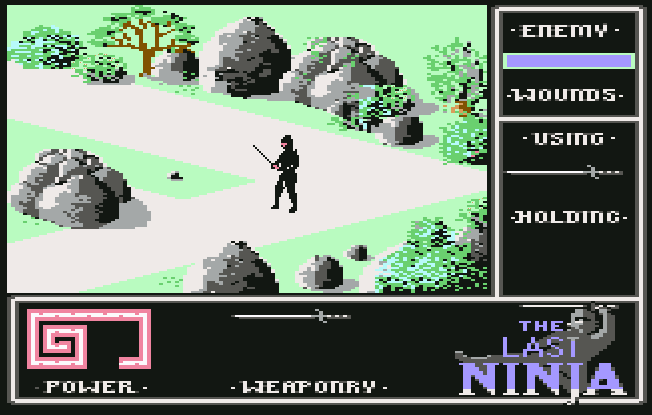
Gameplay
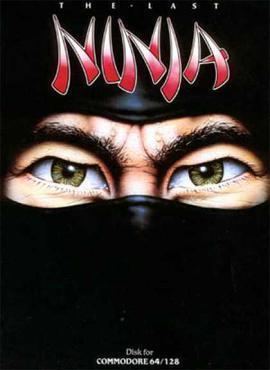
The Last Ninja contains a blend of exploration, puzzle solving and combat. The object of the game is to guide the ninja protagonist Armakuni on his journey to the palace of the evil shogun Kunitoki to assassinate him, avenging his clan, and retrieve the sacred scrolls. As the player progresses, Kunitoki's henchmen become more challenging as they learn the ways of the ninja.
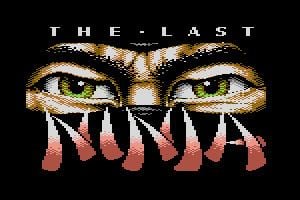
The interface consists of the opponents' energy and collected inventory (on the right) and player's health (on the bottom). The world is viewed in an isometric perspective allowing the player to move in eight directions. Movements are relative to the direction Armakuni is facing but restricted to predefined paths (the scenery being inaccessible). Composure and precision must be used when navigating and jumping around obstacles, traps and fatal features of the terrain. By approaching and kneeling at certain landmarks, such as shrines to Buddha and water fountains, an indication of what to collect next is revealed. These items are often hidden in trees or bushes and flash shortly after a new screen has been entered.
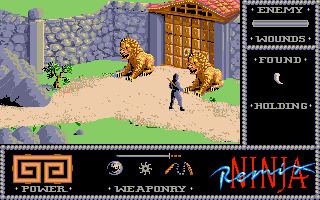
Attack moves are executed by combinations of directional controls with the fire button for attacking the opponent's head, torso and legs. Weapons, like the ninjato, nunchaku, staff, shuriken and smoke bombs, can be equipped.
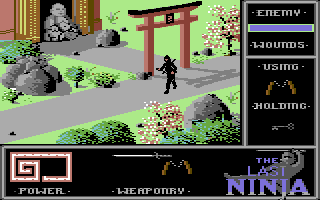
The island of Lin Fen is split into six distinct enclosed sections. They have to be tackled in a sequential order, each with their own unique challenges and items to collect:
Development and release
The program was originally being developed for System 3 in Hungary for more than a year by a team called SoftView but the financial advance for the work was refunded and the Hungarian team was uncredited for their work. The game was being written in a Forth-like language which was too slow and the team had been unable to get an animated sprite working. The code was taken back to London by Cale, and the engine was rewritten by John Twiddy.
Cale said: "Basically, the whole idea – the whole concept – was mine. The vision of The Last Ninja as an isometric adventure was something I was very passionate about. Obviously, the machines back then weren’t powerful enough to create fully 3D games, so an isometric viewpoint seemed to be the right solution to move away from the standard side-scrolling platform games. We wanted to do something a bit different, something that would really capture the imagination. And there really is no better subject matter than the idea of controlling a ninja, a spiritual warrior. We wanted to combine an arcade experience with adventure elements. So it wasn’t like Double Dragon, where you just go punch, kick, move, punch, kick, move… The whole idea was to solve a series of simple but realistic adventure puzzles. What we were essentially trying to do was take the square cursor blob from Adventure on the Atari 2600 and turn it into a fully interactive 3D adventure."
The game was originally developed for the Commodore 64. Other format versions were published by Activision in 1987 for Apple IIGS and in 1988 for the Atari ST, MS-DOS. Superior Software published conversions for the BBC Micro, Acorn Electron in 1988 and Acorn Archimedes in 1992. The Amstrad CPC and ZX Spectrum versions never appeared despite being in production. It was re-released on Wii Virtual Console in Europe in April 2008 as the fifth Virtual Console C64 title, and in North America in February 2009 as one of the first three Virtual Console C64 titles.
Reception
Computer Gaming World stated "there is no exaggerating the graphic excellence of" The Last Ninja." It was the most successful original game ever on the Commodore C64. In Europe, the sales for the C64 version alone were in excess of 750,000 units and international multi-format sales exceeded 2,000,000 units. According to System 3's Mark Cale, about 4 million copies of the game were sold in all.
The game won many awards and was universally critically acclaimed as an original, ground-breaking game. It was also a runner up for the award of Game of the Year at the Golden Joystick Awards '88. According to UGO, "For a 20+ year old game, The Last Ninja is surprisingly advanced, sporting a combat system which allows specific body parts to be targeted, environmental obstacles, multiple weapons and hidden items galore."
